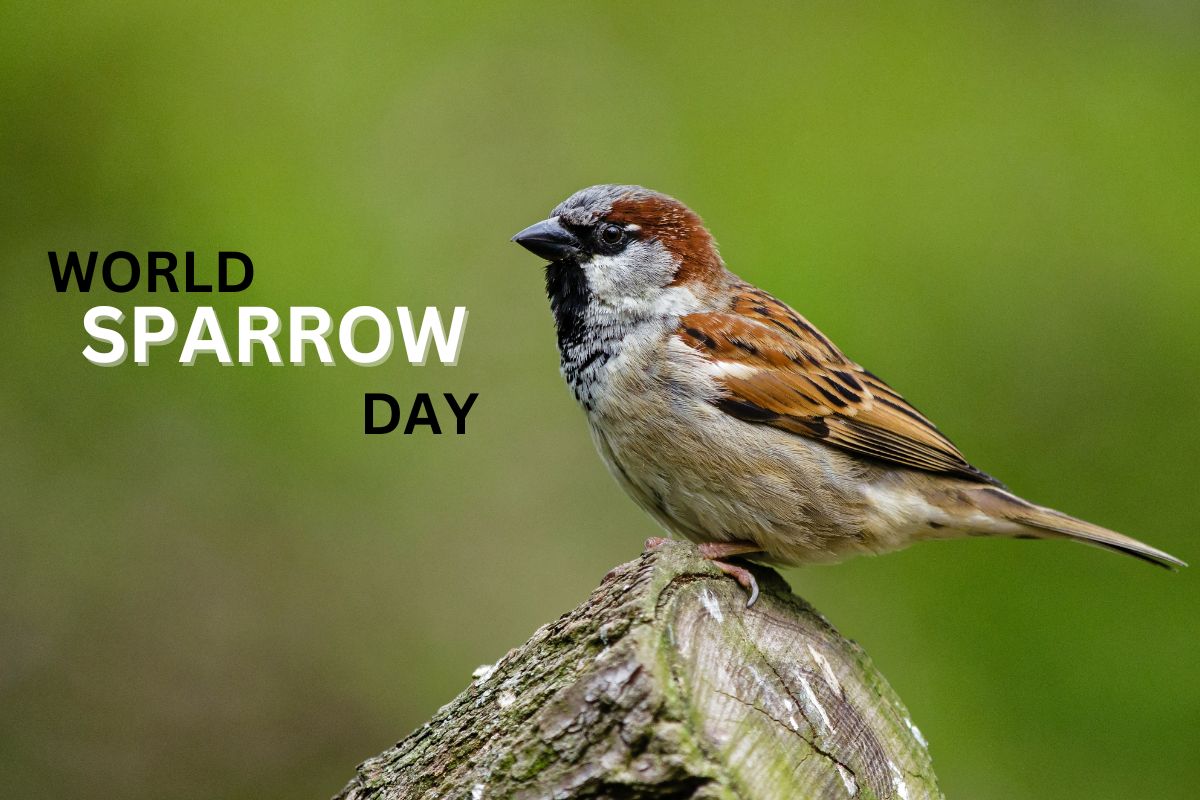Introduction
Sparrows, once common sights in urban landscapes, are slowly vanishing. To counter this alarming trend, a community known for its philanthropy and business acumen has taken significant steps to conserve these lovely birds. The Dawoodi Bohra community has relaunched its “Save Our Sparrows (SOS)” initiative, first launched in 2011. This year, the campaign was relaunched on March 6 and around 5,300 bird feeders have been installed in Kolkata and its surrounding areas.
SOS Campaign: Revival of Hope
What is the SOS initiative?
The “Save Our Sparrows” campaign aims to restore the dwindling sparrow population by providing them with food and conducive habitats. Spearheaded by the Burhani Foundation of the Dawoodi Bohra community, the initiative is supported by Project Rise, the global philanthropic arm of the community.
Widespread implementation in Kolkata
In Kolkata, the campaign has led to the installation of thousands of bird feeders in various locations, including:
- Botanical Garden
- Central Park, Salt Lake
- Eden Gardens
- Schools such as The Heritage, Don Bosco Park Circus, Calcutta International, Saifee Golden Jubilee English Public School and Narayana
- Nakhoda Mosque
- Several residential apartments
Jowar and bajra seeds have been placed in each feeder to provide the sparrows with a steady source of food. It began on March 6 and will conclude on March 20, which is World Sparrow Day.
Why are house sparrows declining?
Despite not being officially classified as an endangered species, house sparrow numbers have declined significantly in many urban areas. Several factors contribute to their decline, including:
- Loss of habitat
Modern urban infrastructure often lacks suitable nesting sites for sparrows. Unlike older buildings that had cracks and openings, contemporary constructions are made sleek and enclosed, leaving little space for birds to live.
- Declining Insect Population
Sparrow chicks depend on insects for nutrition, but excessive pesticide use has drastically reduced the insect population, affecting the birds’ food supply.
- Myths About Mobile Towers
Many believe that radiation from mobile towers affects sparrow populations. However, the 2020 “Status of Indian Birds” report states that there is no conclusive scientific evidence to support this theory.
- Pollution and Climate Change
Rising pollution levels, especially air and noise pollution, disrupt the sparrow’s natural habitat and breeding pattern.
Importance of Sparrows in Our Ecosystem
House sparrows play a vital role in maintaining ecological balance. They help in:
- Pollination: By eating nectar from flowers and spreading pollen.
- Pest control: Eating insects and larvae that harm crops and vegetation.
- Maintaining the food chain: Acting as prey for larger birds and animals.
- Disease control: Eating mosquito larvae, reducing mosquito-borne diseases.
How you can contribute to sparrow conservation
- Install bird feeders
You can easily create a sparrow-friendly environment by placing bird feeders filled with grains like jowar and bajra in your garden, balcony or terrace.
- Provide nesting sites
Installing nest boxes or leaving small cracks in buildings can provide suitable nesting sites for sparrows.
- Avoid pesticides
Reducing the use of pesticides helps maintain the insect population, ensuring a steady food source for sparrow chicks.
- Spread awareness
Educate others about the importance of house sparrows and encourage community efforts to restore their habitats.
The future of the SOS initiative
The Dawoodi Bohra community’s Save Sparrows campaign is a step in the right direction. With 53,000 bird feeders distributed across India, the movement is gaining momentum. It aims to involve more individuals and organisations in sparrow conservation efforts, to ensure that these birds continue to thrive in urban environments.
Conclusion
House sparrows, once an integral part of our daily lives, are now struggling to survive in modern cities. While urbanisation and changing ecosystems have contributed to their decline, initiatives like the SOS campaign offer hope. By installing feeders, providing nesting sites and spreading awareness, we can all play a role in bringing these chirping creatures back to our neighbourhoods.
